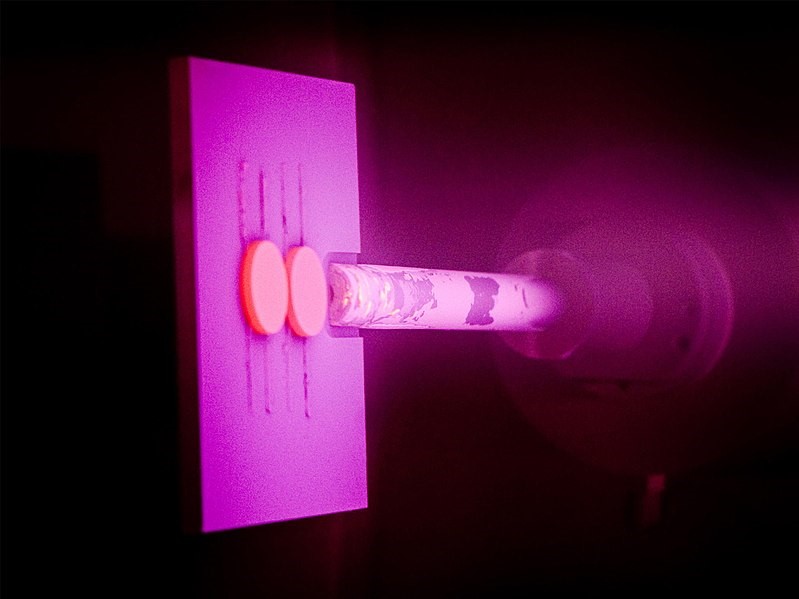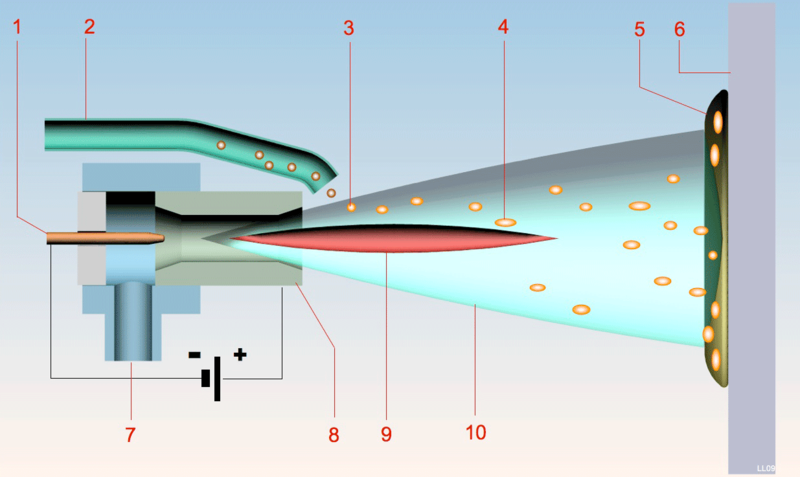Industrial processes often require materials to be coated in order to protect them, enabling these materials to work in the expected manner and resist corrosion or to prolong their usable life.

Processes such as the production of fuel cells rely on plasma coating techniques to treat the electrodes. These electrodes are a key element of the fuel cells, and plasma coating has helped to solve one of the biggest challenges involved in the conversion of hydrogen and oxygen into energy: keeping the fuel cell dry in order that they can work effectively. Let’s take a look at the science behind plasma coating.
High-Temperature Jets
Treating materials using plasma coating techniques involves using an electric arc, which generates a stream of ionised plasma gas at a very high temperature. The coating material is then carried to this plasma jet using an inert gas stream, which then heats and fires it towards the substrate.

The plasma spray heats up to very high temperatures, meaning that materials with high melting points can be sprayed on to the substrate. This allows coating to be carried out with materials that would not be available using other surface treatment methods.
The Plasma Gun Explained
The plasma spray gun is made up of a tungsten cathode and copper anode, both of which need to be water-cooled due to the very high temperatures in use. The plasma gas, consisting of argon, nitrogen, helium and hydrogen, flows through the circuit, using the nozzle shape of the anode to fire the spray at the substrate.
The high-voltage discharge initialises the plasma, causing localised ionisation, which produces a conductive path for the DC arc to be produced between the anode and cathode. The arc is heated due to resistance, allowing the gas to reach extreme temperatures, forming the plasma which then exits the anode nozzle.
A high-quality coating is produced with the combination of the high temperature, a high energy heat source, the inert spraying medium and the high velocity of the particles – typically between 200 and 300 metres per second.
One of the biggest benefits of plasma spraying is the ability to spray materials with very high melting points such as tungsten or zirconium. This versatility means that plasma coatings account for probably the widest range of spray coatings and applications used today.
